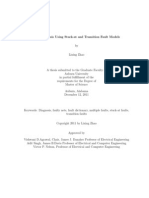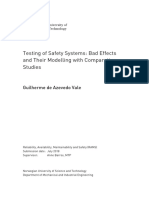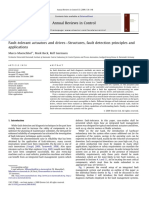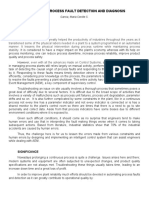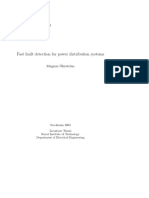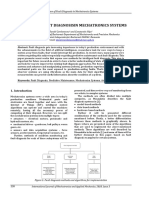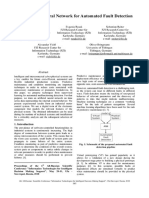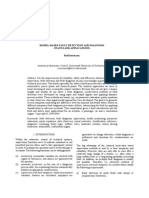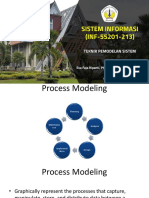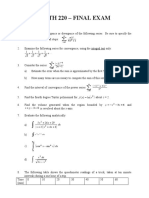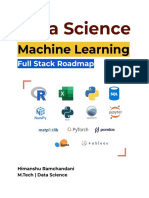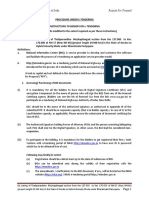0% found this document useful (0 votes)
39 views17 pagesDocument
The document is an introduction to fault-diagnosis systems, focusing on fault detection and fault tolerance in automated processes. It discusses the importance of advanced supervision methods, fault management, and the application of mathematical models and artificial intelligence in diagnosing faults. The book is intended for graduate students and practicing engineers in relevant fields, providing a comprehensive overview of the subject based on extensive research and practical applications.
Uploaded by
reelrush607Copyright
© © All Rights Reserved
We take content rights seriously. If you suspect this is your content, claim it here.
Available Formats
Download as PDF, TXT or read online on Scribd
0% found this document useful (0 votes)
39 views17 pagesDocument
The document is an introduction to fault-diagnosis systems, focusing on fault detection and fault tolerance in automated processes. It discusses the importance of advanced supervision methods, fault management, and the application of mathematical models and artificial intelligence in diagnosing faults. The book is intended for graduate students and practicing engineers in relevant fields, providing a comprehensive overview of the subject based on extensive research and practical applications.
Uploaded by
reelrush607Copyright
© © All Rights Reserved
We take content rights seriously. If you suspect this is your content, claim it here.
Available Formats
Download as PDF, TXT or read online on Scribd
/ 17









